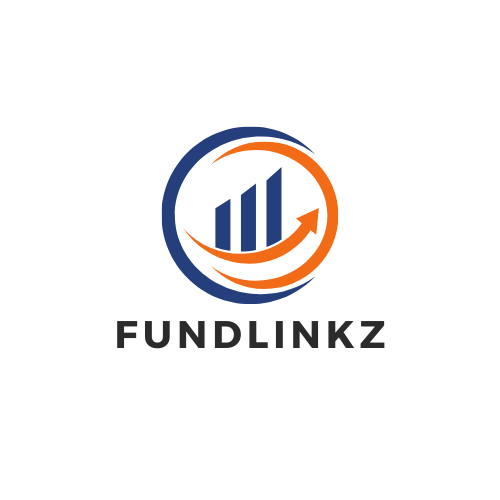When your down payment is less than 20%, private mortgage insurance (PMI) is a financial tool to consider. PMI can help individuals qualify for a loan with a lower down payment, making homeownership more achievable. However, it’s important to weigh the benefits of PMI against the costs and evaluate if it aligns with your financial goals. Be sure to explore all options and consult with a mortgage expert to determine if PMI is the right choice for you.
Should I Consider Private Mortgage Insurance (PMI) If My Down Payment Is Less Than 20%?
As you embark on the journey of homeownership, one of the crucial decisions you may face is whether to Consider Private Mortgage Insurance (PMI) if your down payment is less than 20%. This article aims to provide you with comprehensive insights into the significance of PMI, its implications, and whether it could be a viable option for you.
Understanding Private Mortgage Insurance (PMI)
Private Mortgage Insurance, commonly referred to as PMI, is a type of insurance that protects the lender in cases where the borrower defaults on their mortgage payments. If you make a down payment that is less than 20% of the home’s purchase price, most lenders will require you to carry PMI to mitigate the risk associated with a lower initial investment.
PMI typically adds a percentage of your loan amount as an additional monthly payment, which can increase your overall mortgage costs. However, PMI allows individuals with limited down payments to qualify for home loans that they would not otherwise be eligible for, making homeownership more attainable.
Pros and Cons of Private Mortgage Insurance (PMI)
Before deciding whether PMI is the right choice for you, it’s essential to weigh the pros and cons associated with this type of insurance.
Pros:
- Increased Access to Homeownership: PMI enables individuals with smaller down payments to secure home loans and fulfill their dream of homeownership.
- Lower Initial Investment: With PMI, you can purchase a home with a down payment as low as 3% or 5%, rather than the standard 20%.
- Potential Tax Deductions: In some cases, PMI payments can be tax-deductible, providing some financial relief.
Cons:
- Additional Monthly Expense: PMI adds an extra cost to your mortgage payment, increasing your overall monthly expenses.
- Limited Flexibility: PMI is typically required until you reach a certain equity threshold in your home, which can restrict your financial options.
- Risk for the Lender, Not the Borrower: While PMI protects the lender, it does not provide any direct benefits or protections for the borrower.
Calculating the Cost of Private Mortgage Insurance (PMI)
To determine whether PMI is a viable option for you, it’s important to calculate the cost associated with this insurance. PMI costs are typically based on several factors, including your loan amount, credit score, and down payment percentage.
The table below illustrates a hypothetical scenario to help you estimate the potential cost of PMI based on varying down payment amounts:
| Down Payment Percentage | Loan Amount | PMI Rate | Monthly PMI Cost |
|---|---|---|---|
| 3% | $300,000 | 0.55% | $137.50 |
| 5% | $300,000 | 0.35% | $87.50 |
| 10% | $300,000 | 0.18% | $45.00 |
By assessing these calculations, you can determine how PMI will impact your monthly mortgage payments and overall homeownership expenses.
Alternatives to Private Mortgage Insurance (PMI)
If the idea of paying for PMI does not align with your financial goals or preferences, there are alternative options to consider.
1. Lender-Paid Mortgage Insurance (LPMI):
With Lender-Paid Mortgage Insurance (LPMI), the lender covers the cost of mortgage insurance in exchange for a slightly higher interest rate on the loan. While this may eliminate the need for a separate PMI payment, it could result in higher overall interest costs over the life of the loan.
2. Piggyback Loan:
A Piggyback Loan involves taking out a second mortgage to help cover a portion of your down payment. This option allows you to avoid PMI by combining two loans, usually a primary mortgage and a smaller second mortgage.
3. Wait to Save for a Larger Down Payment:
If paying for PMI seems undesirable, you could consider delaying your home purchase until you have saved enough for a 20% down payment. While this may require additional time and effort, it can eliminate the need for PMI and potentially save you money in the long run.
Making an Informed Decision
Ultimately, the decision to consider PMI if your down payment is less than 20% depends on your unique financial situation, goals, and priorities. It’s essential to conduct thorough research, seek advice from financial experts, and carefully evaluate the implications of PMI on your homeownership journey.
By assessing the costs, benefits, and alternatives associated with PMI, you can make an informed decision that aligns with your financial objectives and sets you on the path towards successful homeownership. Remember, each individual’s circumstances are unique, so take the time to weigh your options and choose the path that best suits your needs.
In conclusion, while PMI can be a valuable tool for individuals with limited down payments, it’s crucial to approach this decision with diligence and foresight. By understanding the role of PMI, assessing its costs and benefits, and exploring alternative options, you can navigate the complexities of homeownership with confidence and clarity. Your dream of owning a home is within reach – empower yourself with the knowledge and resources to make informed choices that will lead you to your desired destination.



